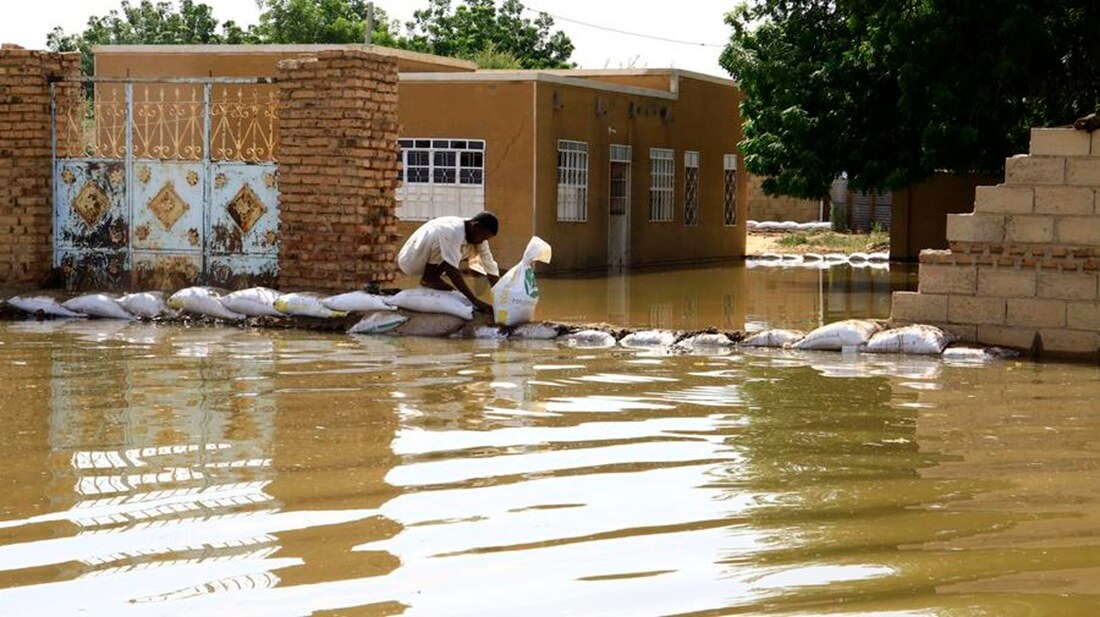
Late-season Nile surges flooded homes and fields in northern Egypt and displaced families in Sudan, sharpening a fresh dispute over whether Ethiopia’s Grand Ethiopian Renaissance Dam (GERD) worsened this year’s inundation.
In Dalhamo, a Nile Delta village in Menoufia about 50 km northwest of Cairo, residents ferried belongings by boat through waterlogged alleys. “We lost everything,” said fisherman Saied Gameel, standing in knee-deep water. “It’s much higher this year—before it rose for two days and then fell.”
The Nile’s monsoon-driven swell typically peaks in July–August, but a late pulse moved north from Ethiopia through Sudan into Egypt. The U.N. migration agency said floods in Bahri, Khartoum state, displaced roughly 1,200 families last week, compounding Sudan’s 18-month war.
Egypt’s Water Resources and Irrigation Ministry accused Ethiopia of “reckless unilateral” GERD operations, saying sharp, unannounced swings in outflows after the dam’s Sept. 9 inauguration produced a “man-made, late flood.” It cited releases rising to about 485 million cubic metres on Sept. 10 and up to 780 million on Sept. 27—pressuring Sudan’s Roseires Dam and pushing excess water downstream.
Ethiopia rejected the charge as “malicious,” arguing regulated GERD releases reduced flood impacts and that, absent the dam, heavy rains would have caused “historic destruction” in Sudan and Egypt. Addis Ababa views the $5 billion project—designed for 5,150 MW and a 74 bcm reservoir—as central to its development.
Cairo, which has opposed the GERD since inception as a threat to its water security and treaties dating to the early 20th century, said authorities expected elevated flows in October and warned low-lying tracts in Menoufia and neighboring Beheira—long encroached upon by informal building and farming—were at risk. Health teams were deployed over the weekend.
“People were warned before the water rose,” said Gameel. “But there’s nowhere else to go. When the river comes up, everyone ends up on the rooftops.”
